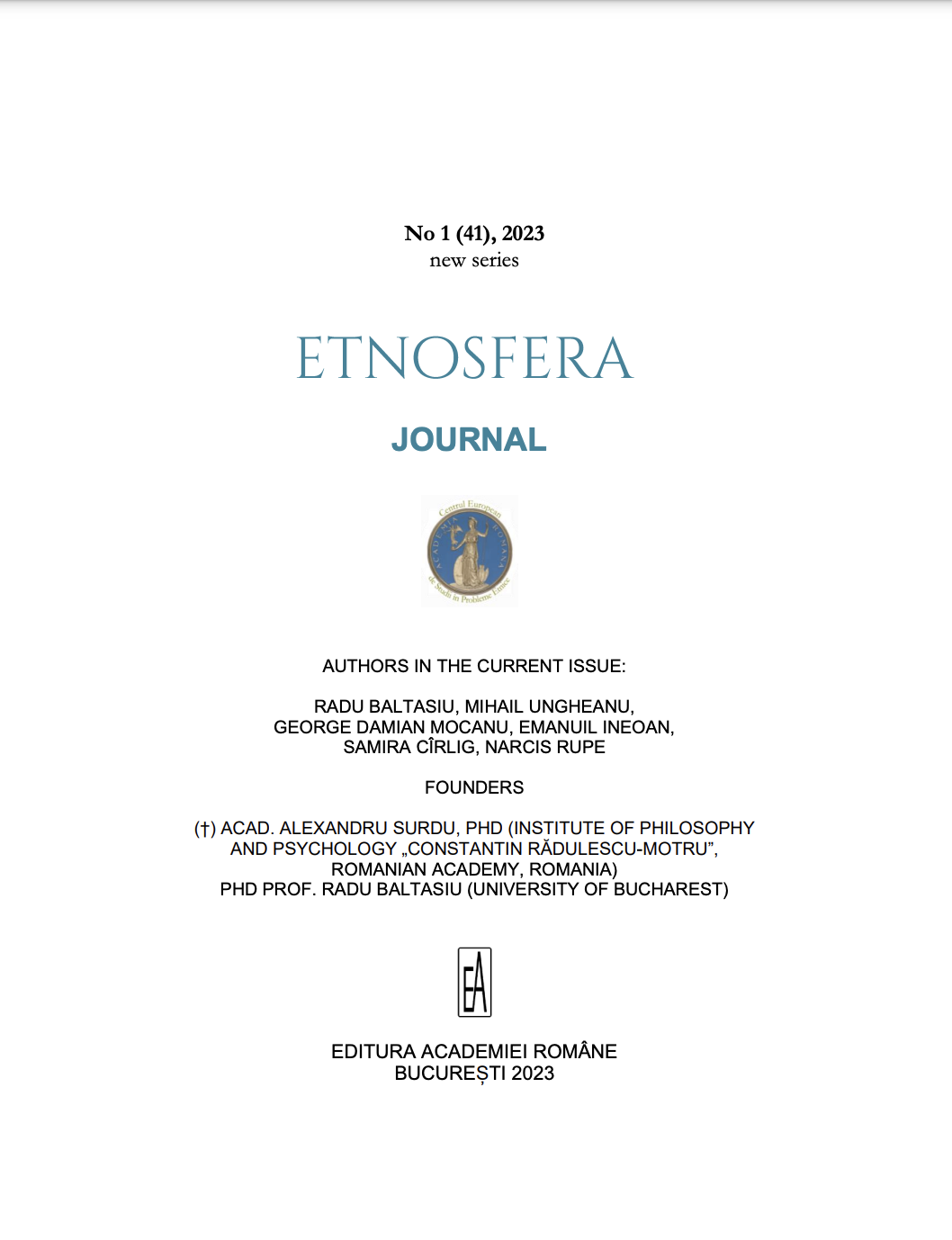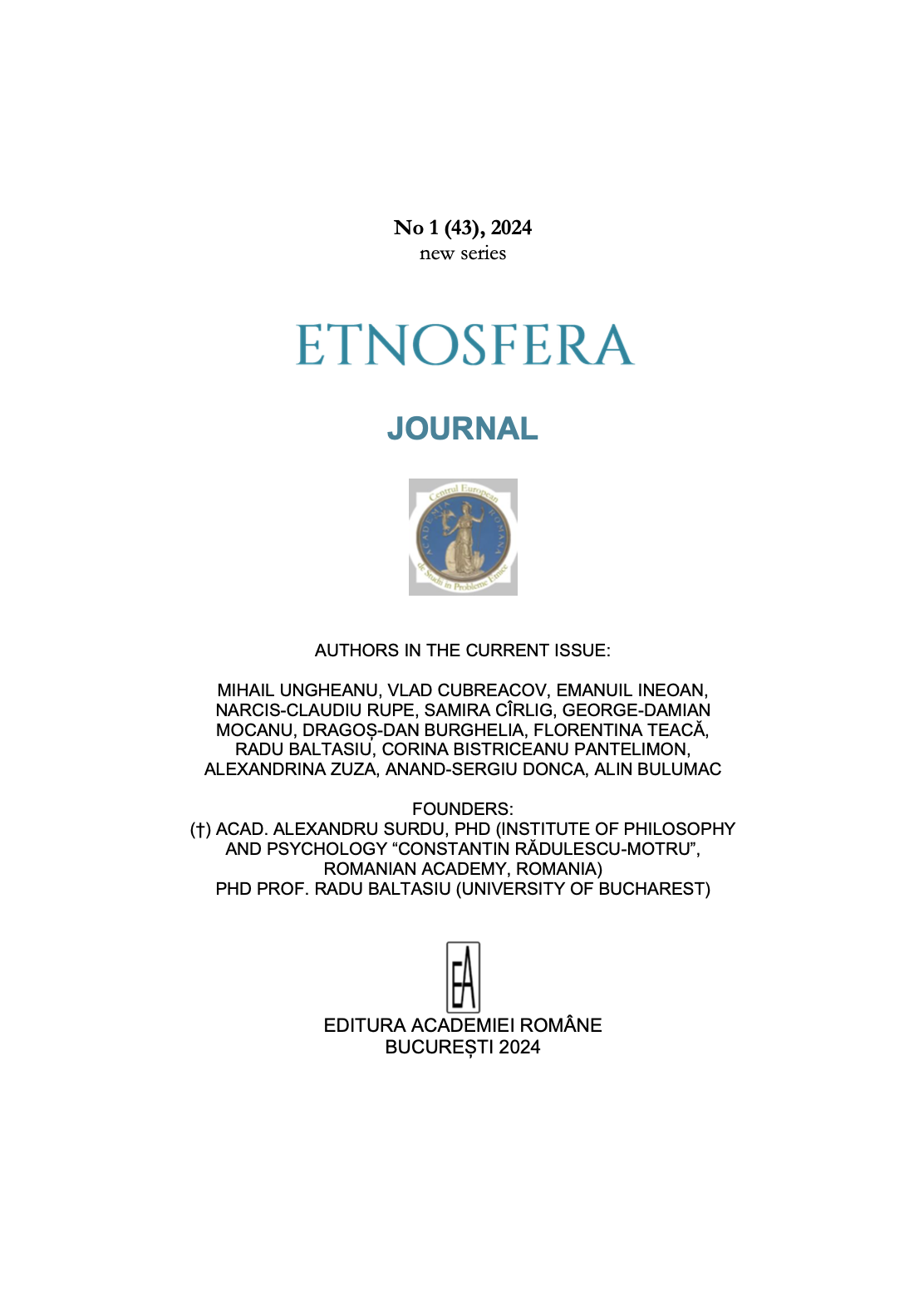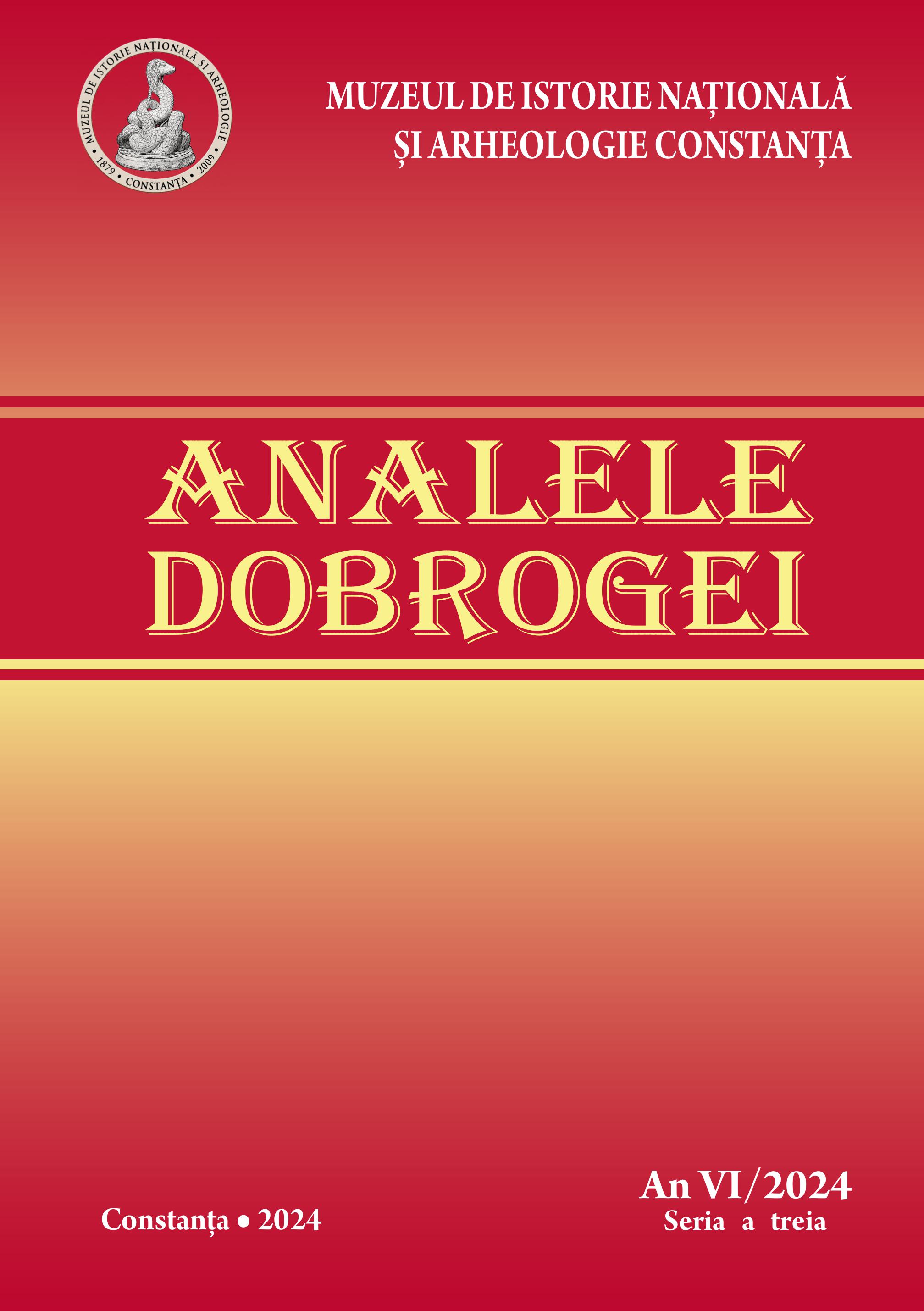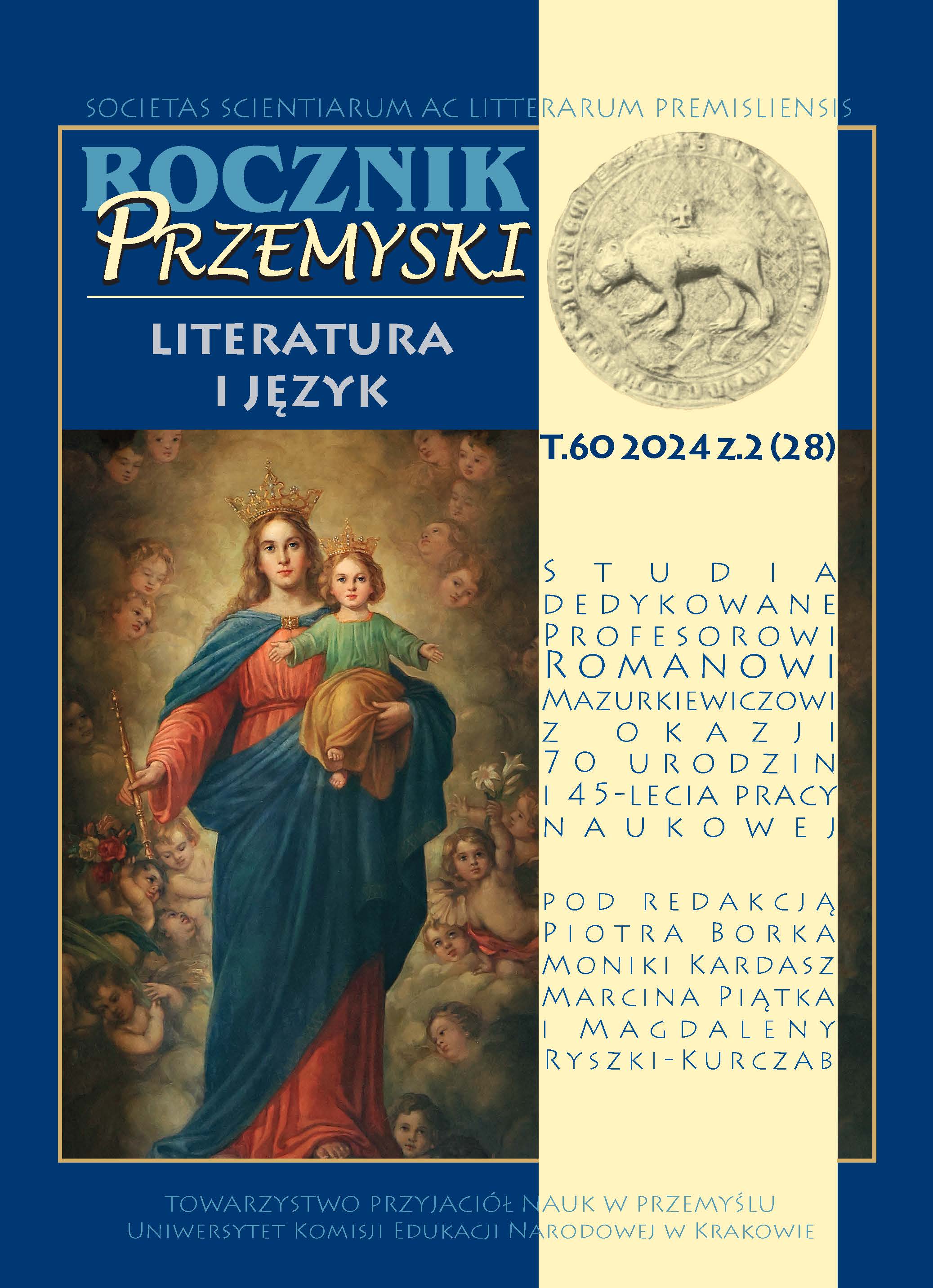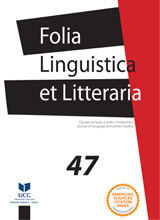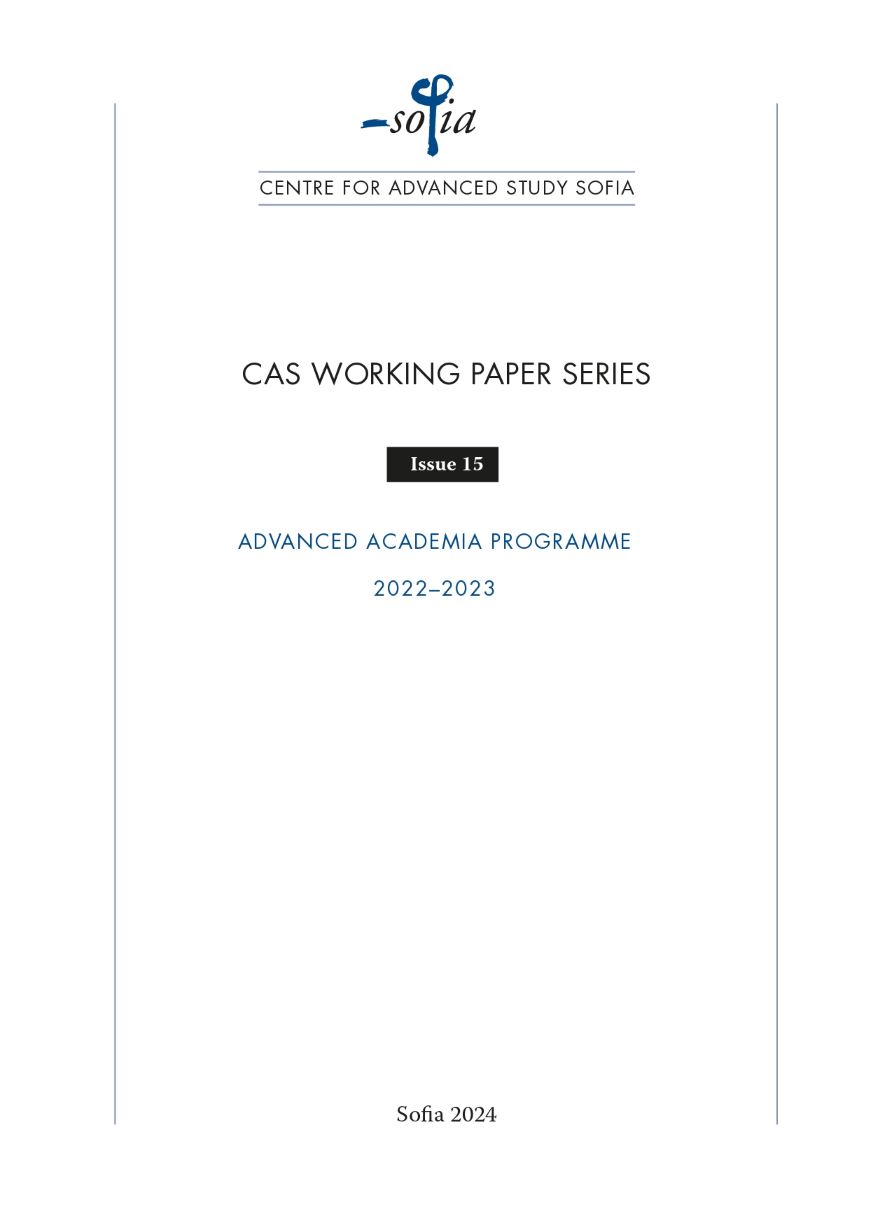Author(s): Violeta M. Janjatović / Language(s): Serbian
Issue: 47/2024
Thanks to the theoretical framework of New Historicism, which views texts as embedded within the broader cultural context, the American literary canon has experienced significant expansion in recent decades. This expansion encompasses not only the inclusion of well-known works by established American authors but also previously overlooked or marginalized texts. Such diversification has sparked a renewed scholarly interest in numerous unjustly neglected and forgotten works. Given the lack of a clearly defined theoretical foundation in its nascent stages, New Historicism frequently sought validation from critical paradigms of other methodologies. This interdisciplinary approach is underscored by the insights gleaned from studies such as Vladislava Felbabov's examination of the impact of women's and feminist movements on cultural criticism, as outlined in New Historicism. Felbabov elucidates how these movements injected significant intellectual and social energy into cultural critique, prompting a shift in focus from solely gender and sexuality to encompass broader themes of class, ethnicity, and political affiliation within discourse analysis (12). Moreover, Stephen Greenblatt, in his seminal work The Forms of Power and the Power of Forms in the Renaissance, contrasts New Historicism with traditional historicism, highlighting its acknowledgment of multiple centers of political power and their interplay (see Greenblatt). This theoretical stance finds resonance in the context of the American revolutionary period, where competing political ideologies shaped historical narratives and cultural discourse. During the formative years of the new republic, official histories tended to lionize the patriots and the Whig movement, extolling the contributions of numerous writers, pamphleteers, poets, playwrights, and satirists who actively championed the cause of independence and played pivotal roles in shaping the political landscape. Conversely, scant attention was afforded to the loyalists or Tories, save for cursory mentions of their existence. Despite their significant numbers and the undeniable courage and intellect of their adherents, loyalists were marginalized in historical narratives, seemingly relegated to obscurity following the war's conclusion. However, archival evidence and historical records attest to the continued presence and influence of the loyalist movement. A comprehensive examination of loyalist perspectives offers a more nuanced understanding of the socio-political dynamics of the era, enriching our comprehension of the broader historical context and facilitating a more holistic reconstruction of historical circumstances. One of the poets who commanded a substantial readership during the Revolutionary War era, yet subsequently faded into relative obscurity, was Jonathan Odell. Born in 1737 into a family integral to the establishment of the Massachusetts Bay Colony, Odell's early life was marked by academic pursuits. He graduated from Princeton in 1754, briefly exploring a career in teaching before redirecting his focus to medical studies at Princeton, culminating in his graduation in 1757 (Edelberg 1983, 45). Embarking on a brief tenure as a surgeon in the British army stationed in the West Indies, Odell's disillusionment with the medical profession, steeped as it was in archaic practices of herb collection and leech application, prompted him to seek alternative paths. In 1763, a pivotal juncture emerged in Odell's trajectory with the patronage of William Franklin, then serving as the royal governor of New Jersey. Recognizing Odell's potential, Franklin facilitated his transition to theological studies, envisioning his ascent to the esteemed position of an Anglican priest and potentially the first Anglican bishop on American soil (Rendall 193). Against the backdrop of the Anglican Church's burgeoning influence in the colonies, particularly in the southern regions, Odell embraced his new role with fervor. Collaborating with Anglican clergy in New York, New Jersey, and Pennsylvania, Odell immersed himself in a milieu of intellectual and ambitious individuals, poised to leave an indelible mark on the religious and cultural landscape of colonial America (Edelberg 1987, 3). Amidst escalating unrest concerning the new colonial policy, Jonathan Odell embarked on a prolific venture of writing and publishing poems championing the cause of the Anglican Church. Swiftly, his name became synonymous with loyalist ideology. Nevertheless, it would be erroneous to attribute the genesis of this ideology solely to his 1774 poetic endeavors. Loyalist sentiments permeated the 1770s and early 1780s, with prescient warnings of impending anarchy materializing in the mid-1780s. Odell's poems during this epoch serve to corroborate these apprehensions (Potter 24). In his poem "A Certain Indian, in a Dream," penned in 1768, Odell unveiled his perspective on colonial events, notably the contentious Townshend Acts. Venturing to defend the Anglican Church amidst tumult, Odell delineated the strife fomented by Whigs, particularly concerning ecclesiastical matters. By elucidating the tensions inherent in colonial society, he underscored the apprehensions of Congregationalists regarding the advent of Anglican bishops in the colonies. The presence of Anglican clergy, with their established ties to Parliament and the monarch, assumed a menacing guise in colonial eyes, imperiling the religious and social liberties of the colonists. In this climate of uncertainty, Odell and fellow loyalists found their allegiance to the crown bolstered, prompting him to articulate his concerns and critiques through his poetic oeuvre (Bailyn 57). With the convocation of the First Continental Congress, the landscape of colonial life underwent a profound transformation. Colonists found themselves compelled to take sides in the increasingly inevitable conflict, facing the stark choice of remaining loyal to the king or aligning with the rebels. For an Anglican priest, this decision ostensibly bore less weight, as allegiance to the crown was presumed unless explicitly disclaimed (Calhoon 5). Yet, Jonathan Odell's trajectory was fraught with uncertainty and complexity. Some of his peers, previously allied with Washington or sympathetic to Whig sentiments, encountered ostracism within their ecclesiastical circles, prompting several to hastily retreat to England following the outbreak of unrest. Those who remained recognized their precarious reliance on Great Britain's assistance and the protective mantle of its military might. Nonetheless, Odell's verses poignantly depict the fragility and unpredictability of such support (Gould 7). In early 1774, the looming civil war between loyalists and patriots intensified as loyalists faced growing injustice from colonial authorities and angry mobs. Odell initially hoped for British victories under General William Howe, but eventually realized missed opportunities would lead to defeat. He suspected Howe intentionally avoided action due to rebel threats to sever trade ties. Odell's belief in negotiating with patriots cost loyalists dearly (Edelberg 1987, 37). Two years into the unrest, loyalists in Burlington, including Odell, faced mounting concerns over conflicts in the civil war and between colonies and Britain. Inspired by Governor Guy Carleton's success in expelling rebels from Quebec, Odell penned "The Tory Hunt," his first political poem in years (Cafferty 100-101). The poem underscored loyalists' reliance on British protection and expressed hope in Carleton's support. It mocked a failed expedition against loyalists, revealing Odell's dual intent: to criticize while acknowledging loyalists' capabilities. In "Song for a Fishing Party Near Burlington on the Delaware in 1776," Odell cautioned against individuals leading others to ruin for personal gain (Anderson 22). Meanwhile, as the Continental Congress gained power and loyalist resistance waned, Odell remained active. He commemorated King George's birthday with "Birth-day Ode" in 1776, praising British aid in past conflicts. The following year, "A Birthday Song" reiterated loyalty and predicted British triumph, aiming to reassure the king amid rebellion (Ibid., 23-25, 33-34). Meanwhile, Governor William Franklin was arrested for advocating New Jersey's withdrawal from further collaboration with other colonies and independent peace negotiations with Great Britain. Congressional oversight extended to monitoring loyalist activities, including Odell's, restricting his movement. Odell pledged to confine himself to the east side of the Delaware River and refrain from venturing beyond an eight-mile radius from the courthouse in Burlington (Wells 69). Despite petitioning Congress for travel permission due to pastoral duties, Odell's request was denied. This led him to compose the poem "Tis Large Indeed – Tis Monstrous Large He Cried" in late October 1776 (Anderson 25-28). Through the character Jorick, Odell depicted the legitimacy of British law enforcement and the portrayal of loyalty to the king as a criminal offense by Congress. Jorick's dialogue highlighted the hindrance to Odell's clerical duties, the curtailment of his movement, and the breakdown of communication with rebels. Odell's intention in composing the poem was to address familial and societal divisions within his parish and the potential preclusion of loyalists' success. The British secured significant victories, weakening the Continental Army's survival chances. Some Americans, including Declaration of Independence signatories, pledged allegiance to the King of Great Britain. Burlington, strategically positioned between the occupied Delaware and Philadelphia, became tense. In December 1776, deliberations occurred on the British army's plan to attack Philadelphia. With the Continental Congress relocating to Baltimore, loyalists in Philadelphia and Burlington were left vulnerable (Pickering 2018). By February 1777, Washington issued an ultimatum to New Jersey residents, forcing them to choose allegiance. Odell, like many loyalists, faced a dilemma and sought refuge in New York, a key bastion. Odell spent the subsequent seven years in New York, contributing to the war effort through his compositions of poetry, odes, ballads, and satires dedicated to the British general and his army. These works found publication in Rivington's New York Gazette, one of the few periodicals that championed loyalist ideology (Traister 472). Among his early compositions was the straightforwardly titled "Song" (Cafferty 111), released on April 23, 1777, in commemoration of St. George's Day, the patron saint of the British nation. In the initial two stanzas, Odell articulates a serene portrayal of the might and grandeur of the British army, almost presuming its universal recognition and requiring no further validation. Yet, a sharp contrast emerges in the concluding portion of the poem, marked by his impassioned summons to these very military forces to exact retribution. As General Howe's strategy for the occupation of Philadelphia began to take shape, loyalists in New York could once again entertain prospects of a favorable outcome. Odell subsequently enlisted in the British military forces and, in their company, embarked on a voyage bound for Philadelphia (Middlecauf 368). When Hove's occupation of Philadelphia unfolded, New York loyalists saw hope as Odell joined British forces sailing towards Philadelphia (Middlecauf 368). However, General Howe's missed opportunity at Brandywine dashed expectations. Despite the Paoli massacre, Howe eventually occupied Philadelphia, boosting loyalist optimism. Odell, now military chaplain and editor in Philadelphia, discontent with Howe's policies, cautiously expressed his views through "An Answer to the Declaration of the General Congress" essays, some under the pseudonym "Britannicus" (Edelberg 1987, 73). With Clinton replacing Howe in May 1778, Odell migrated to New York to maintain his writing job. Though faced with a treason resolution in absentia, the case against Odell was dismissed in 1787. Between 1778 and his service in New York on January 3, not much is recorded about Odell. However, he and Seabury continued publishing essays for Rivington's Royal Gazette throughout 1779. Odell's satirical poem "The Word of Congress" ridiculed the Continental Congress and its leaders, particularly targeting Thomas Paine (Anderson 35-45). In September 1779, "The Feu de Joie" celebrated British victories, urging colonists to reconsider their allegiance (Anderson 51-56). His subsequent satire "American times" (July 21, 1780) presented a scathing critique of revolutionary America, likening its leaders to Milton's fallen angels (Blakemore xv). Odell condemned the Congress for economic turmoil and characterized Washington as responsible for leading the people into war. He portrayed loyalists as defenders of truth against the forces of democracy. Odell concluded his poem, by expressing regret for succumbing to emotional turmoil but reaffirming his loyalty to Britain (Anderson 139-160). Like in his previous poems, the primary goal of this one was not to criticize the time in which he lived but to locate the present moment within a specific literary-historical text (Wells 105-106). He was aware that poetry was different from other forms of political rhetoric because it had the power to control the emotions of the colonists. Poems often arose as a response to certain events, and poets used various forms to achieve their ideological goals. They often resorted to satire to undermine the influences of their opponents or to parody when they wanted to exaggerate or just mimic what they were doing (Janjatović 55). In 1783, the Treaty of Paris formally concluded the Revolutionary War and acknowledged American sovereignty. For Odell and his fellow loyalists, this heralded the stark reality of inhabiting a nation they had opposed. With the British withdrawing their military forces and loyalist refugees seeking refuge in Canada and other British territories, Odell was compelled to deliberate his next course of action. As a gesture of gratitude for his advocacy and reinforcement of loyalist principles, Odell was appointed as the secretary of the province of New Brunswick, formerly part of Nova Scotia until 1784. In the ensuing years, Odell dedicated himself to the advancement of Brunswick, undertaking administrative duties, overseeing land grants, and facilitating the establishment of an institution of higher learning, later evolving into the University of New Brunswick in 1859 (Edelberg 1987, 149-162). Driven by his allegiance to loyalist ideals and political convictions, Odell traversed various locales throughout his lifetime. Initially residing in Burlington with his family—a wife and four children—he later journeyed to England, spending three years in London to pursue ordination as a priest in the Anglican Church. Subsequently accused of treason and fearing for his safety, he sought refuge in New York, where he aligned with the loyalist cause during the conflict, ultimately finding solace in Brunswick, Canada, post-war. While he found a semblance of tranquility in this nascent province and resumed his literary pursuits after an eighteen-year hiatus, he lamented the perceived lack of significant events in Brunswick to inspire his creativity (Traister 472). Odell served as the provincial secretary until 1812. Upon the outbreak of war in the same year, he resumed writing satires after an eighteen-year hiatus, despite his advanced age. Alongside poems imbued with this thematic focus, his later works also bore traces of personal introspection and simplicity. This breadth of poetic styles attests to his adeptness, honed over six decades of experience, in wielding linguistic expression. The final six years of his life were notably enriching, albeit occasionally overshadowed by bouts of illness. He maintained a keen interest in humanity, societal progress, and cultural pursuits, even undertaking the study of Hebrew in his twilight years (Anderson xvi). Throughout his lifetime, amidst his clerical and political obligations, Odell consistently carved out time for writing. Though he is predominantly remembered as a satirist who championed loyalist causes and contributed to the periodicals of his time, his literary significance transcends mere satire. Scant traces in his pre-revolutionary works hint at the potency of his linguistic expression and stylistic prowess, both of which flourished during the American Revolutionary War. While many writers of the revolutionary era drew inspiration from figures like Pope and Dryden, Odell's forceful critiques3 positioned him as a poet and satirist who rivaled—if not surpassed—his predecessors. The extent of his literary output remains obscured by the anonymity or pseudonymity under which many of his works were published, yet analysis of extant pieces significantly enriches our understanding of the era, its cultural milieu, and the experiences of loyalists during the American Revolutionary War.
More...
